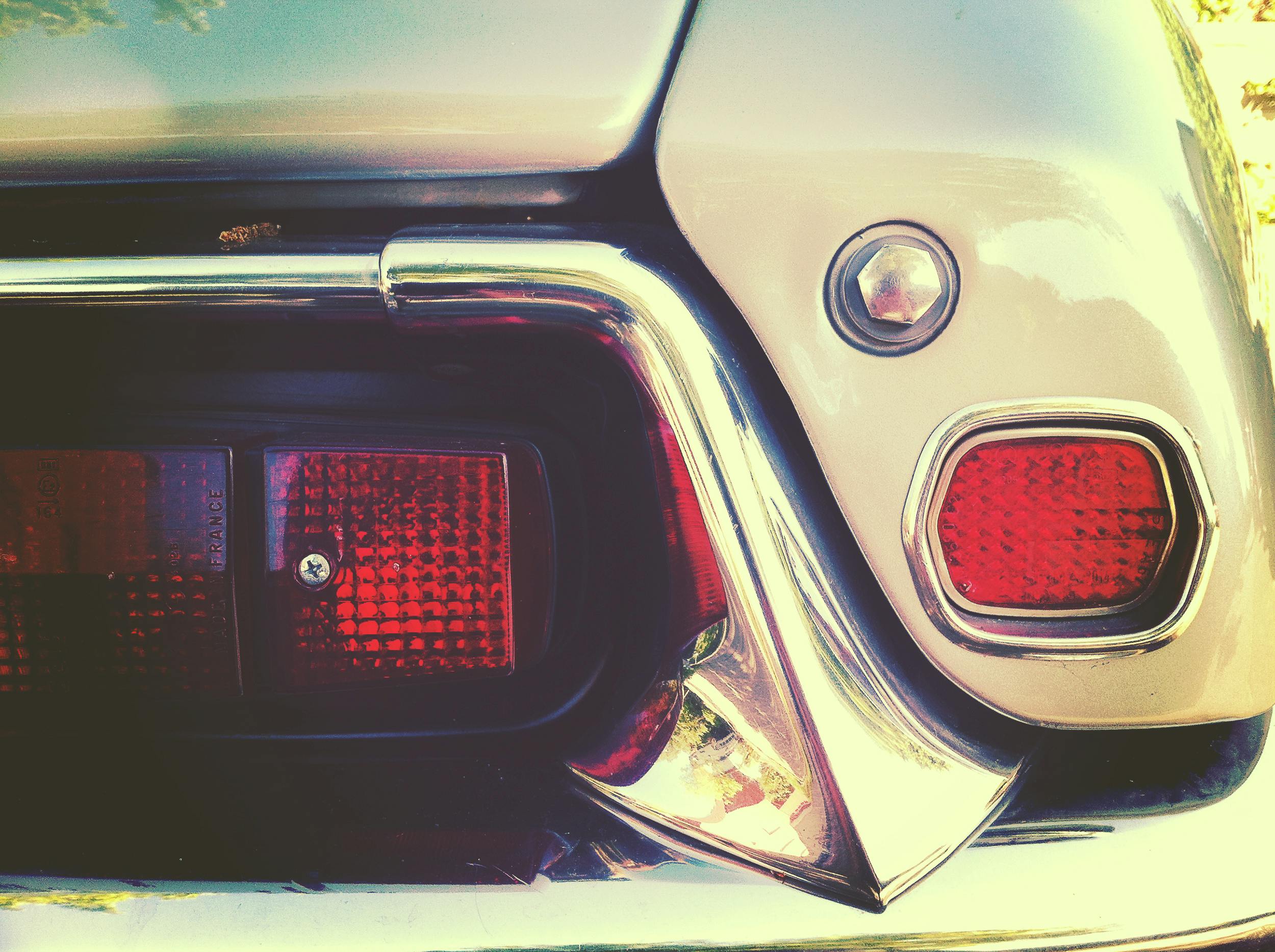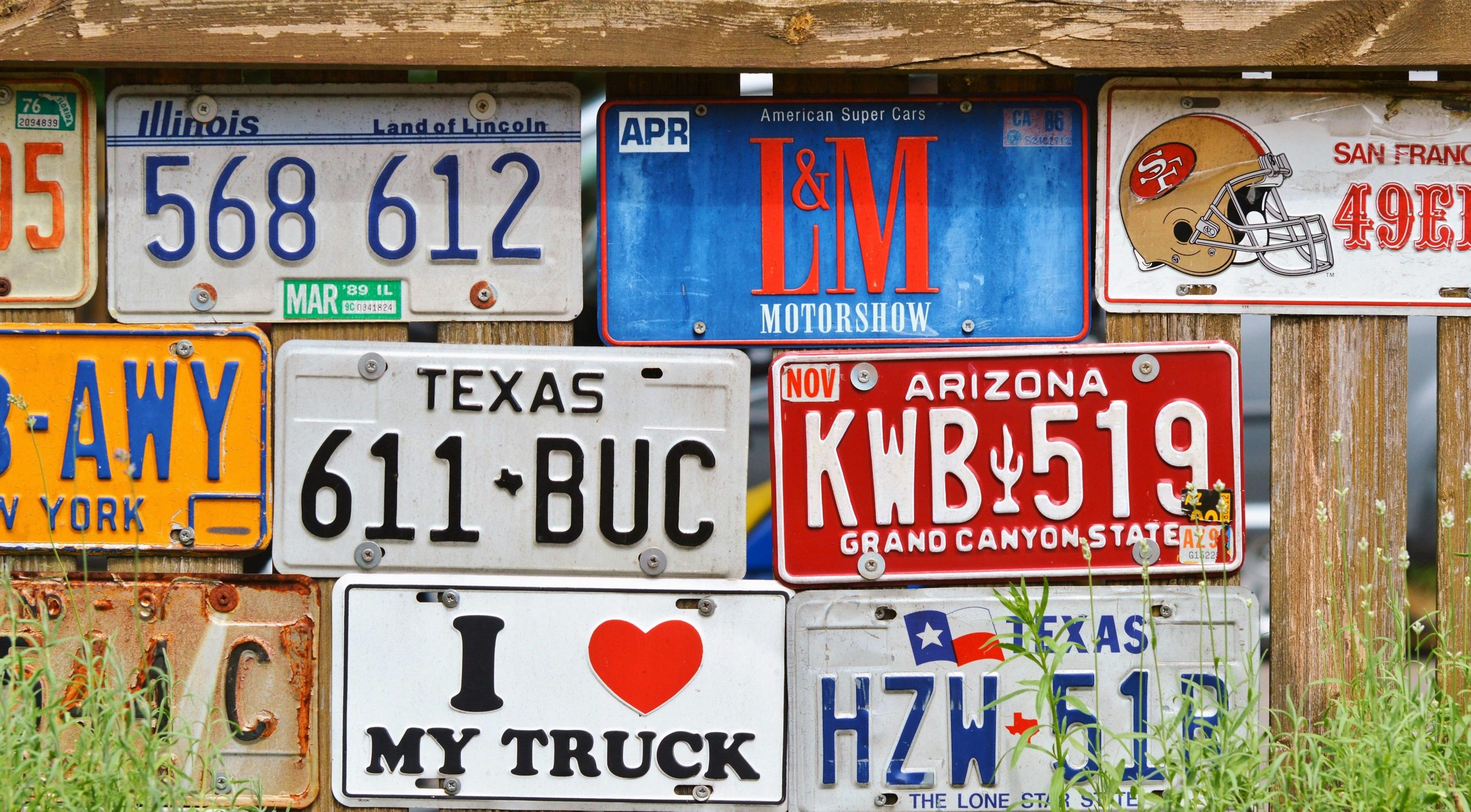Understanding Smoke Damage Cleanup Costs in Property Insurance Claims
Navigating Fire and Smoke Damage Repairs: Why Are Cleanup Estimates Significantly Higher Than Personal Property Valuations?
If you’ve recently experienced a fire or smoke incident in your residence, understanding the insurance claims process can be complex and sometimes confusing. A common concern among property owners is the apparent discrepancy between the estimated costs to clean and restore belongings versus their initial valuation.
For instance, some claimants find that their personal inventory, when itemized, totals a relatively modest amount—say, around $6,500. However, the estimates provided by professional restoration companies for cleaning clothing, furniture, and electronics can sometimes exceed $14,000. This sizable difference raises questions about the cost structure and the scope of work involved.
Why do these estimates differ so dramatically? Restoration companies often include not only the direct cleaning of damaged items but also the costs for specialized techniques, moisture control, odor removal, corrosion prevention, and potential replacement of irreparably damaged belongings. Additionally, the estimates account for labor, equipment, and safety considerations that may not be reflected in the personal property valuation.
It’s important to recognize that the initial itemized list serves as an inventory of belongings and their estimated worth. It isn’t necessarily indicative of the total cost to fully restore or replace those items. Insurance policies typically cover the actual costs of professional cleaning and restoration, which can sometimes be significantly higher than the original valuation.
If the estimated cleanup costs exceed the value of your personal property, it may be worth discussing alternative options with your insurance adjuster, such as the possibility of replacing items yourself if permissible under your policy. However, keep in mind that insurance usually covers the cost of restoration or replacement based on the reasonable, documented expenses necessary to return your property to its pre-loss condition.
Understanding these distinctions can help you navigate your claim more confidently and ensure you’re aligning expectations with industry-standard practices. If you’re uncertain about the scope of coverage or costs, consulting with an insurance claim professional or a public adjuster can provide valuable guidance tailored to your specific situation.
Disclaimer: This article is for informational purposes only and does not substitute professional advice. Always review your insurance policy details and consult with qualified professionals regarding your claim.



